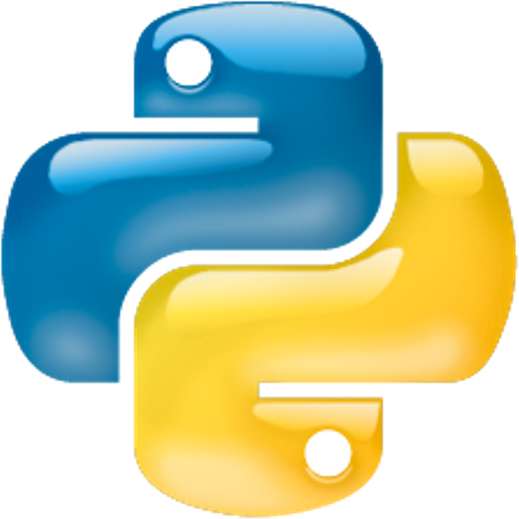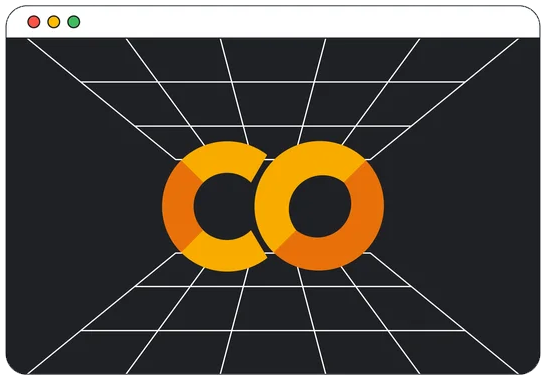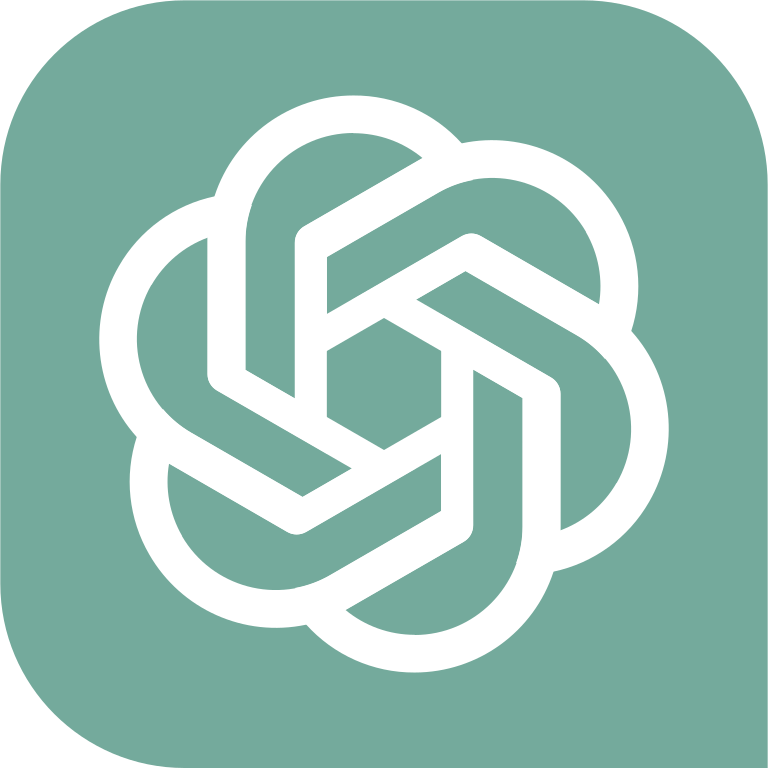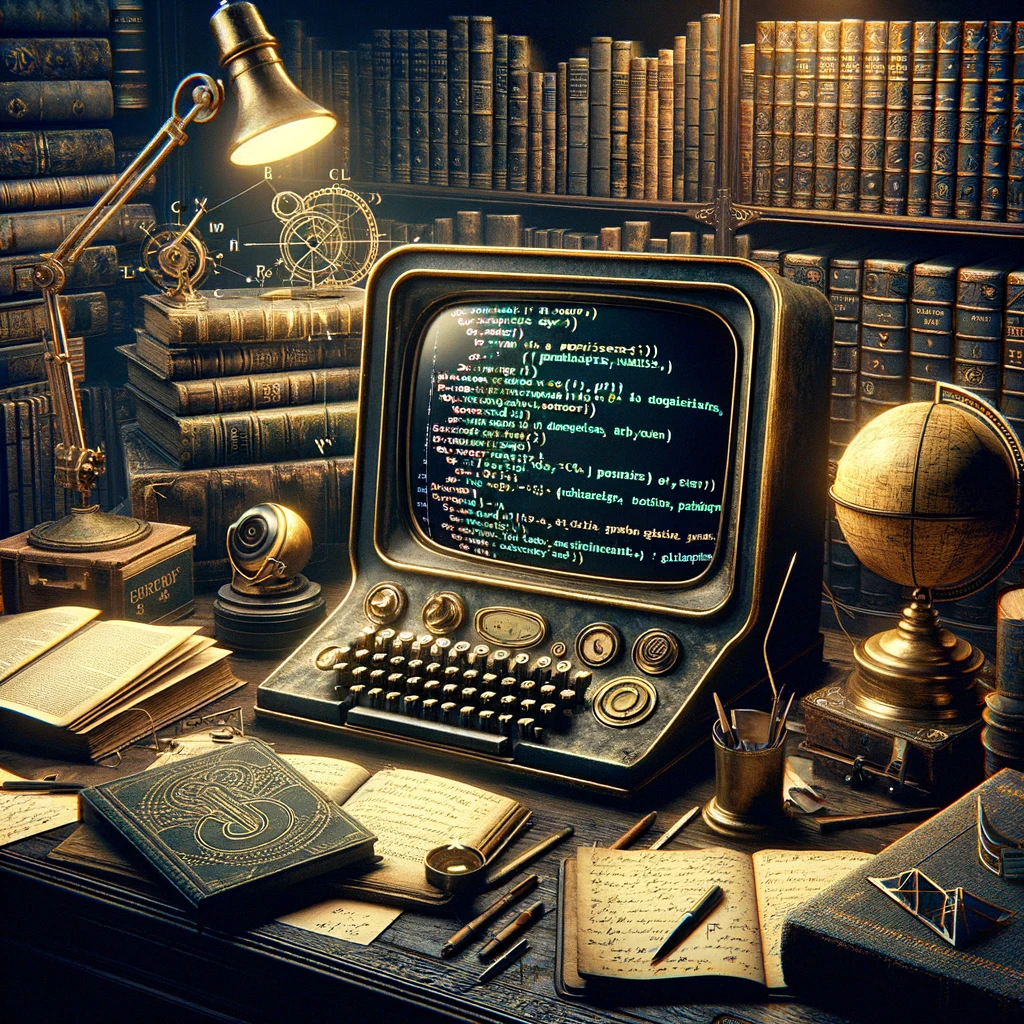Table of Contents » Chapter 5 : Disciplines : Music
Music
Overview
The relationship between the field of music and Python programming is intriguing and multidimensional. Python, with its versatility and the availability of specialized libraries, can be instrumental in various aspects of music, ranging from composition and analysis to synthesis and performance. Libraries like music21 enable the analysis of musical scores, while others like FluidSynth and pretty_midi facilitate music synthesis and MIDI file manipulation. Through Python, composers can experiment with algorithmic composition, creating innovative musical pieces. For musicologists, Python provides tools for musicological analysis, such as exploring patterns, structures, and themes in musical works. In the realm of digital signal processing, libraries like librosa and pyAudioAnalysis aid in audio analysis and feature extraction, playing a crucial role in music information retrieval, genre classification, and emotion detection from music. Python also serves a role in music education, providing an interactive way for students to understand musical concepts, theory, and composition. Furthermore, the intersection of Python with machine learning opens avenues for creating models that can generate new compositions, predict musical trends, or even understand and replicate a musician's style. Thus, Python programming serves as a dynamic tool in the study, creation, and appreciation of music.
- Music Theory and Analysis: Libraries like music21 facilitate the computational analysis of music, enabling the study of structures, patterns, and relationships in compositions.
- Composition: Python can be used for algorithmic composition, where music is generated based on predefined algorithms. Libraries like Abjad interface with the LilyPond music notation program for complex score creation.
- Music Information Retrieval (MIR): This involves extracting information from music files for various purposes, such as classification or recommendation. Libraries like librosa and pyAudioAnalysis are useful here.
- Sound Synthesis: Libraries like FluidSynth, pyDub, and others allow the synthesis of sound, which is crucial in electronic music and sound effect creation.
- Music Education: Python's simplicity and interactive nature make it a good tool for teaching musical concepts, music theory, and even composition.
- Music Psychology: Python can be used to analyze data in studies exploring the psychological aspects of music, such as the relationship between music and emotion.
- Machine Learning in Music: Python's robust machine learning libraries like TensorFlow and scikit-learn are used in creating models that can generate new compositions, predict musical trends, or understand and replicate a musician's style.
- Digital Signal Processing (DSP): Python, with libraries like SciPy and NumPy, is widely used for DSP, an essential part of audio effects, equalization, and synthesis.
- Audio Engineering: Python is used in designing and implementing digital audio effects, equalizers, dynamic range compressors, and other audio processing tasks.
- Interactive Music Systems: Python is used to develop interactive music systems that respond to user input or environmental factors, allowing for unique performance and listening experiences. Libraries like MIDIUtil and python-rtmidi are used for working with MIDI, a standard protocol for communicating musical information.



